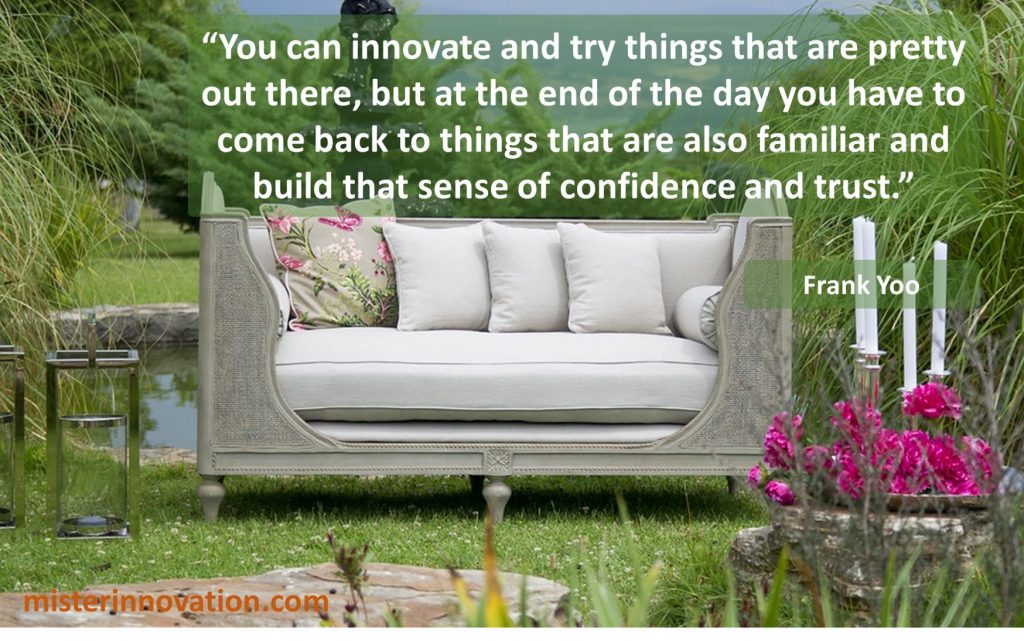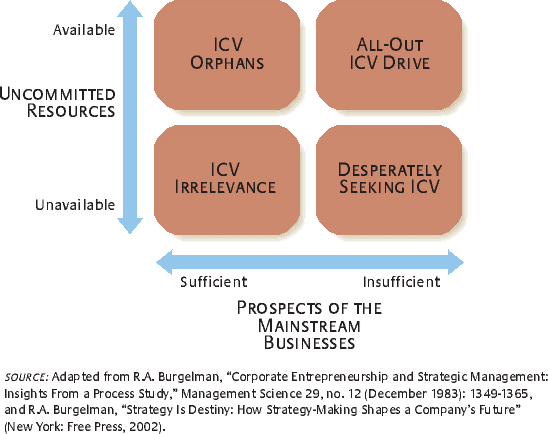
GUEST POST from Stefan Lindegaard
When we need to navigate through the complexities of organizational change, particularly in times like today where change is everywhere around us, we need a nuanced understanding of a team’s readiness for change and thus how it can enhance its resilience.
This ties into building a strategic approach to gauge, understand, and subsequently enhance this team readiness for change.
A Simple Exercise for Your Team Readiness
First, I would like to share a simpe exercise crafted to pragmatically assess your team’s preparedness and resilience in the face of change.
See the image and then embark on this reflective exercise, grading your team on a scale from 1 (low) to 6 (high) on these five questions.
Be mindful to approach this with candor as it will pave the way for tangible, beneficial insights.
1. Anticipation, Preparation:
1. How adept is your team at anticipating possible changes and preparing strategies and backup plans to manage them?
Adaptability, Role Flexibility:
2. How well does your team adjust its skills, knowledge, and alter roles and operations, to effectively implement new tools and methodologies during times of change?
Communication:
3. How effective, transparent, and consistent is the communication within your team during times of change?
Emotional Readiness:
4. To what extent does your team display emotional readiness and stability and what is the level of psychological safety during changes in the workplace?
Leadership During Change:
5. How effectively does the next level of leadership above your team guide, support, and provide clear directions during change processes, ensuring stability and clarity?
How well does your team score? Is change your worst enemy or you just great at dealing and growing with this?
Diving into the Elements
I added each component of this exercise to address key aspects of a team’s navigation through the terrains of change. Here’s why:
1. Anticipation, Preparation:
A cornerstone of resilient performance amidst change lies in anticipation and strategic preparation, ensuring the team can adeptly navigate through different scenarios, maintaining functionality and mitigating reactionary responses.
2. Adaptability, Role Flexibility:
Ensuring a team can modify its functions and shift roles, absorbing new methodologies, tools, and technologies during transitions, is vital for maintaining performance and productivity during upheavals.
3. Communication:
Transparency and consistency in communication form the bedrock of clarity and coordinated maneuvering during change, reducing anxiety and ensuring a unified team approach towards transitional phases.
4. Emotional Readiness:
A team that displays emotional stability and ensures a psychologically safe environment during change is poised to maintain morale and productivity, addressing and navigating through the emotional and psychological impacts of change.
5. Leadership During Change:
Leadership’s role in providing stability, direction, and support during change processes cannot be overstated, ensuring that the team can confidently navigate through alterations without feeling rudderless.
Other Considerations for Change Readiness
Beyond the above elements, several other facets warrant consideration to ensure a more comprehensive, multi-dimensional analysis of a team’s readiness for change:
– Team Cohesion During Change:
Maintaining supportive, strong relationships and a united front during transitions is pivotal for ensuring sustained performance and morale.
– Continuous Learning and Improvement Post-Change:
A structured approach towards analyzing and learning from each change process, applying these insights to future transitions, enhances adaptive capabilities.
– Employee Well-being and Support:
Acknowledging and addressing team members’ well-being during change is paramount to prevent burnout and sustain healthy team dynamics.
– Change Impact Analysis (KPI’s):
Ensuring a structured, strategic approach to managing the impacts of change on operations and objectives mitigates potential negative ramifications. This is also where you can look into metrics and KPI’s.
– Partners, Stakeholder Management:
So much happens in networks and ecosystems today, so we also need to maintain trust and rapport with partners and stakeholders during transitions in order to ensure sustained positive external relationships.
Feel free to add your thoughts and perspectives on other elements for team readiness for change.
Final Thoughts
The components outlined in the exercise provide a foundational framework for understanding and enhancing a team’s readiness for change. However, it is imperative to acknowledge that change is multi-faceted and complex, demanding continuous, dynamic approaches to managing it effectively.
The simple exercise can help your team reflect on the important topic of change readiness and I hope that by coupling reflective assessments with strategic action, your team can not only navigate through the changes of today but also fortify itself for the uncertainties of tomorrow.
Ultimately, it is through understanding and addressing these elements that teams can truly become adept, resilient navigators of change.
Image Credit: Pexels
![]() Sign up here to get Human-Centered Change & Innovation Weekly delivered to your inbox every week.
Sign up here to get Human-Centered Change & Innovation Weekly delivered to your inbox every week.














